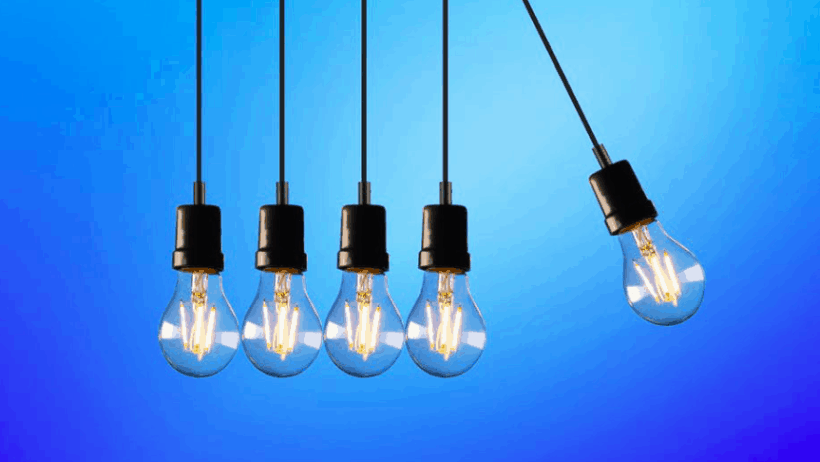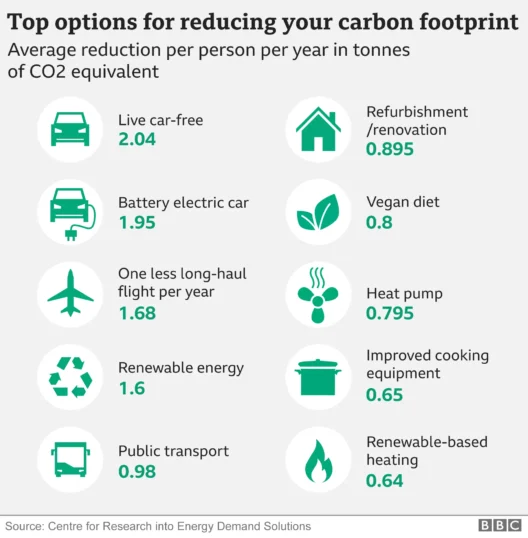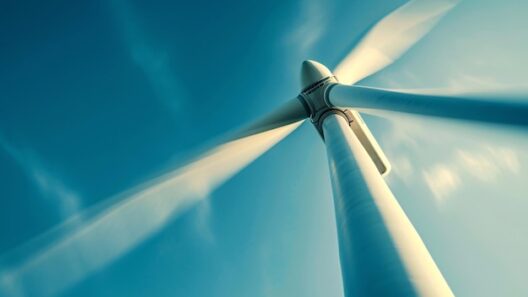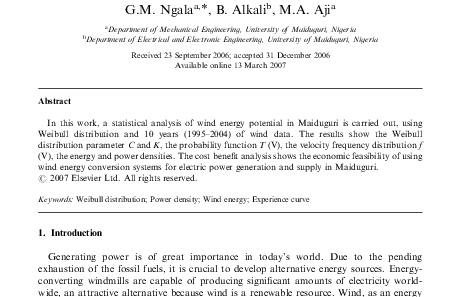Wind energy, a beacon of sustainability, is an ever-evolving field. It harnesses one of our most abundant natural resources—the wind—to generate clean, renewable power. This article delves into the intricate process behind capturing and utilizing wind energy, illuminating the mechanisms that transform invisible gusts into a powerful force for our electric grids.
Understanding how wind energy is harvested necessitates a look at the foundational component of this technology: the wind turbine. These towering structures, often resembling graceful dancers, are central to the conversion of kinetic energy from moving air into electrical energy. Yet, the awe-inspiring technology behind them is both intricate and fascinating.
Wind turbines primarily consist of several critical components that work harmoniously to convert wind energy. These include rotor blades, a rotor hub, a nacelle, a tower, and a foundation. Each component plays a significant role in ensuring optimal energy capture, and together they form a symphony of engineering artistry amidst scenic landscapes.
The rotor blades are perhaps the most striking features of a wind turbine. Typically spanning over 150 feet in length, these elongated blades feature aerodynamic designs that optimize how they interact with the wind. When the wind blows, the blades catch the moving air, creating lift, much like an airplane in flight. This clever interaction causes the blades to spin, initiating the process of energy conversion.
Upon the rotor blades beginning to rotate, the energy transfer continues into the rotor hub. The rotor hub connects the spinning blades to a shaft inside the nacelle, a structure perched on top of the tower. The shaft connects to a gearbox, which amplifies the rotational speed, a critical factor in electricity generation. The nacelle serves as the operational heart of the turbine, housing vital components such as the generator and control systems. This enclosed mechanism is akin to the engine of a complex machine, ensuring that mechanical motions are translated into electrical current with precision.
As the rotor spins, the generator transforms the mechanical energy into electrical energy. The generator works on electromagnetic principles; when the rotor spins, it moves magnets within coils of wire, inducing an electric current. This electricity is then transported down through the tower, where it connects to the power grid.
Yet the process does not solely rely upon the physical components of the turbine; understanding site selection is equally crucial. The location of a wind farm can significantly influence the amount of energy harvested. Natural features such as topography, prevailing wind patterns, and proximity to existing electrical infrastructure are all considered. Ideally, wind farms are sited in open spaces, such as plains or coastal regions, where strong and consistent winds prevail. This meticulous planning ensures that wind energy can be captured efficiently, maximizing both performance and aesthetic values.
Besides functionality, wind turbines’ aesthetic appeal merits attention. Standing tall amidst sprawling fields or rugged coastlines, these structures present a new form of beauty in modern landscapes. Rather than imposing, they evoke a sense of harmony, symbolizing sustainability as they work tirelessly to power our homes and industries. Furthermore, as technology progresses, urban wind turbines have started to emerge, designed for residential and commercial applications, further integrating this renewable source of energy into our daily lives.
However, the transition from kinetic wind energy to usable electrical energy is only the beginning. The journey of that electricity to consumers involves further steps, ensuring it meets quality standards for widespread use. This transition typically includes voltage regulation, power conditioning, and integration into transmission lines. These activities uphold the integrity of the generated power and maintain compatibility with the existing electrical grid, a task that demands sophisticated technology and careful coordination.
The efficiency of a wind turbine is often measured using the capacity factor—this metric indicates how much electricity a wind farm produces compared to its maximum potential. Though influenced by various environmental factors, technological advancements continue to propel improvements. Modern turbines not only generate more energy due to larger blades and improved materials but also incorporate smart technologies. These innovations allow for real-time monitoring and adjustments, optimizing their performance even in changing wind conditions.
Alongside efficiency, the sustainable characteristics of wind energy cannot be overlooked. Unlike fossil fuels, wind energy harvests a resource that is inexhaustible. It generates electricity without emitting greenhouse gases during operation, contributing significantly to combating climate change. Furthermore, once operational, wind farms have a remarkably low environmental footprint compared to traditional energy generation methods. They do not consume water, require minimal land after installation, and present opportunities for co-habitation with agriculture or other land uses.
In conclusion, the process of harnessing wind energy encompasses a fascinating interplay of engineering, innovation, and environmental stewardship. Through the graceful form of wind turbines and the sophisticated technology embedded within them, we can capture the raw power of the wind to meet our energy needs sustainably. As society continues to pivot towards renewable energy sources, understanding the intricacies of wind energy not only cultivates appreciation for this resource but also highlights the pivotal role it plays in crafting a sustainable future. Embracing such technologies is not merely an energy choice; it is a commitment to the planet and the continuing legacy of harnessing nature’s bounty.







